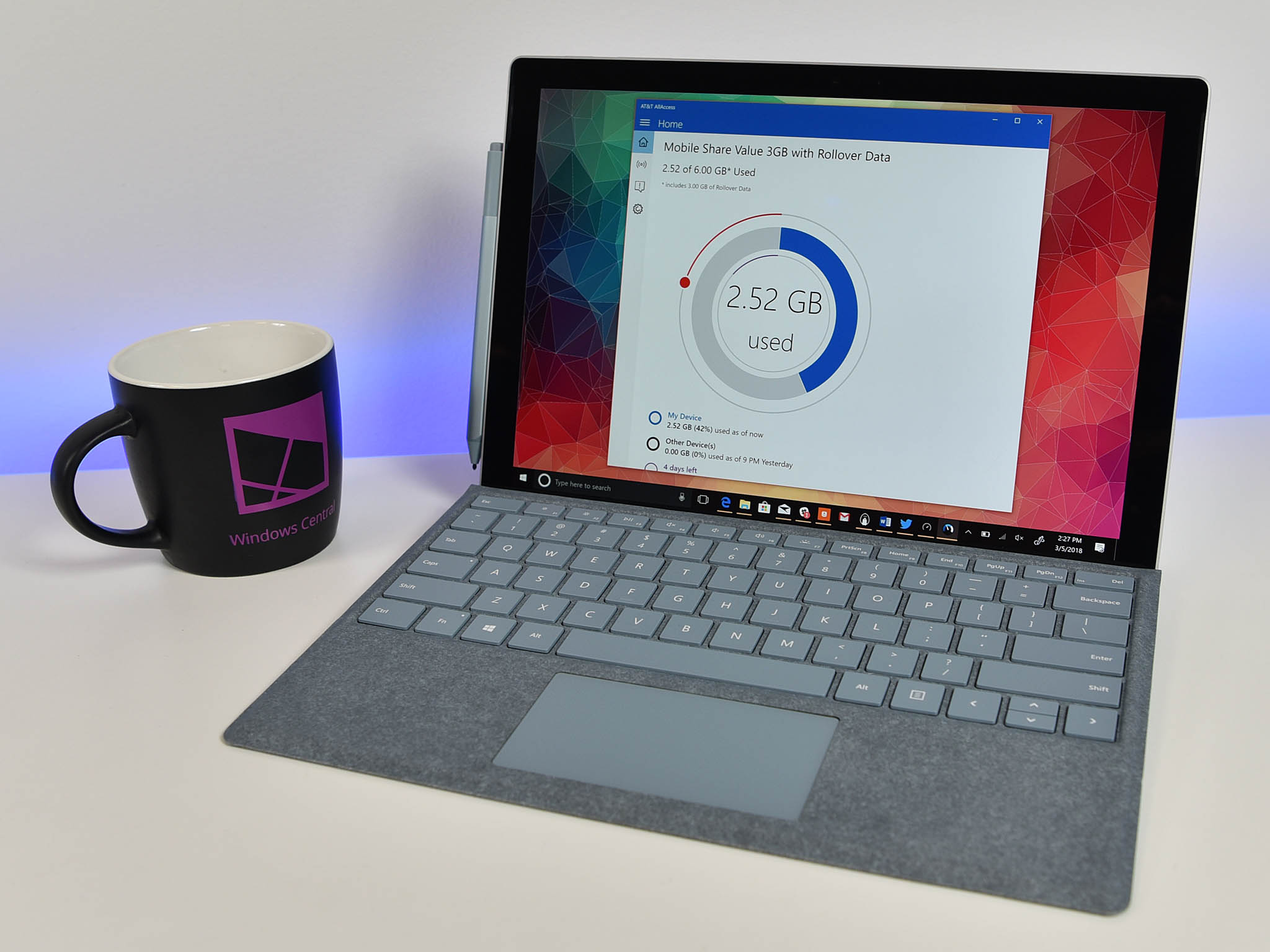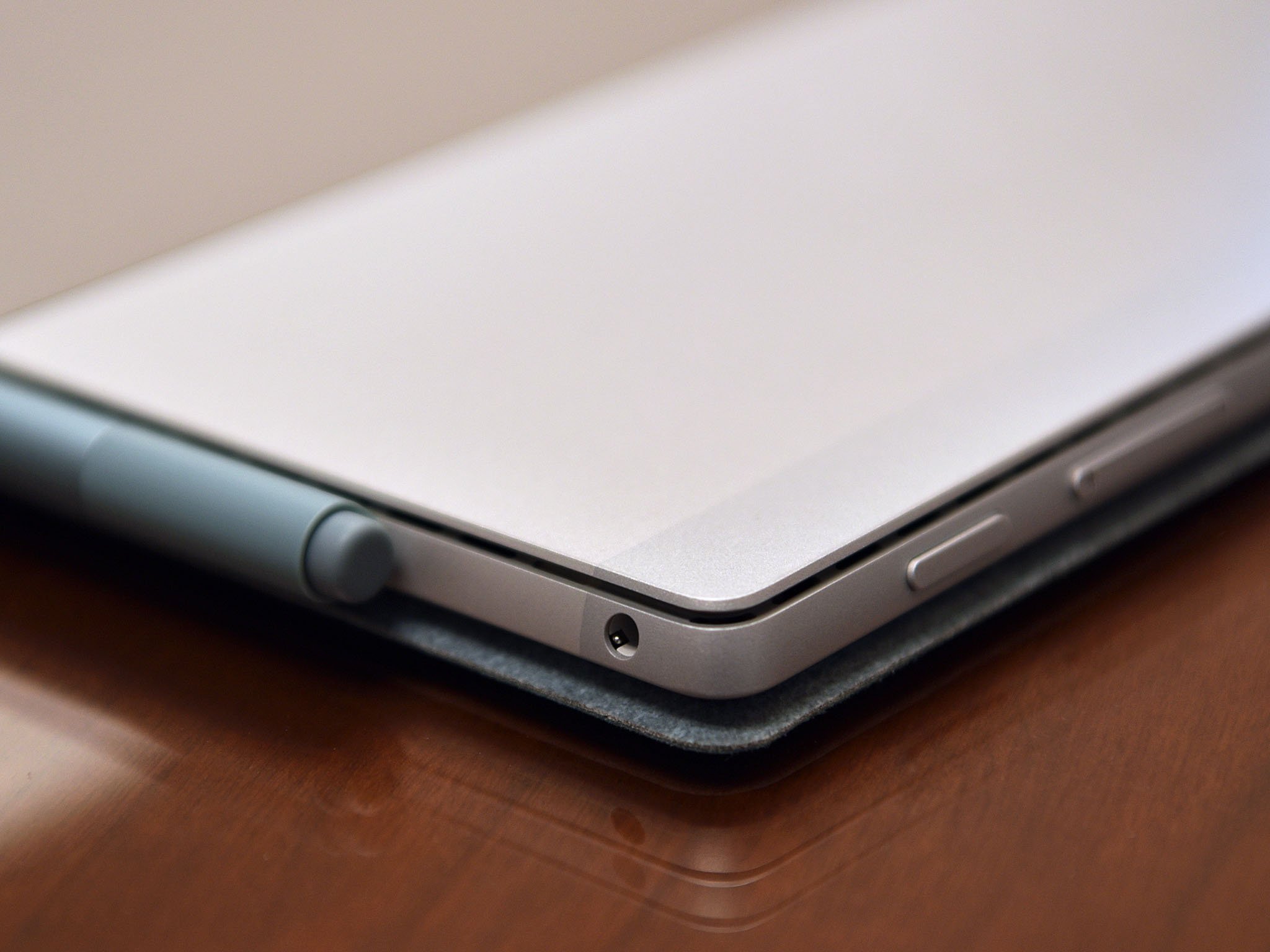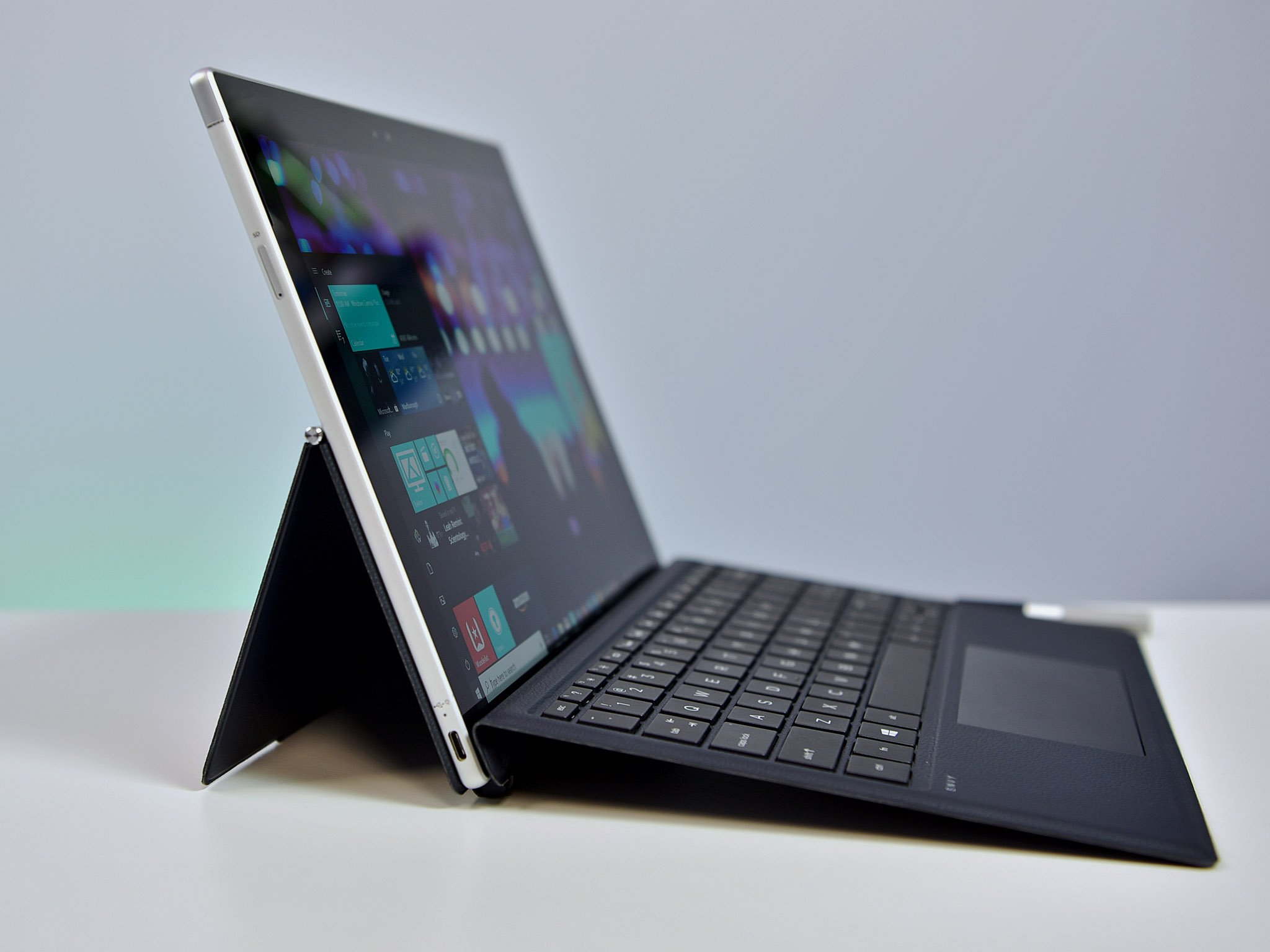Why all of Microsoft's future Surface PCs need a 4G LTE option
Microsoft's next round of Surfaces better include support for 4G LTE.

Over the last few months, Microsoft and its partners have been talking up a more connected future for PCs revolving around 4G and eventually 5G cellular connectivity. Much of that has been due to the push for ARM processors and devices, which started in late 2016 and then continued with the recent announcement of the Snapdragon 850. However, these "Always Connected-PCs" also involve Intel and AMD.
If Microsoft is serious about LTE, all of its Surface devices — including Laptop, Pro, and Book — should have an option for a cellular data modem. And we shouldn't have to wait for an extra nine months for it either. Here's why
Design makes all the difference

When Microsoft finally unveiled the Surface Pro with LTE, there was a lot of focus around the sophisticated engineering, the premium Qualcomm Snapdragon X16 modem, LTE band support, and a customized antenna that seamlessly blends into the chassis.
It's easy to dismiss some of that as just marketing hype, but it's not. Most of today's PCs that have LTE modems as an option fall in the business line, and there feature is just another way to jack up the price. A lot of those modems are the jack-of-all-trades Fibocom L850-GL with speeds "up to 450 Mbps", far below the gigabit Snapdragon X16 hardware.
An example is the Lenovo ThinkPad X1 Carbon (6th gen). For an extra $100 users can configure it with the Fibocom L850-GL. It's a modest modem that works well enough, but it's a far cry from what Microsoft accomplished with the Surface Pro with LTE, at least in my experience.
For instance, data speeds are about a third of what the Surface Pro achieves. Part of that may be because the Surface Pro's antennas and reception are just better. Whereas the Surface Pro may get three bars of reception, the X1 Carbon would yield zero or only one bar in the same spot. The same can be said of the HP Envy x2 with an Intel processor, which uses the Intel XMM 7360 LTE modem – it performs better than the X1 Carbon, but falls behind the Surface Pro and even the HP Envy x2 with ARM.
In practical terms, most of this is OK. You can still check email on the go and browse websites. But it's clear that there is a right way of doing LTE in a PC and a "slap-a-modem-in" way, resulting in noticeable performance differences.
Get the Windows Central Newsletter
All the latest news, reviews, and guides for Windows and Xbox diehards.
Surfaces need to lead the way to 4G and beyond

There's an argument that can be made that regular consumers don't need the added costs of 4G LTE in their PCs. That's probably true, but many professionals would prefer at least the choice of adding highspeed mobile internet to their Surfaces. There is a reason why Dell, HP, and Lenovo all offer the feature in most of their high-end business laptops.
If recent speculation around Surface Pro and Surface Book refreshes in 2019, a new Surface Laptop (possibly this year), and rumors about a 10-inch Surface prove to be true, they all need to have configuration options for LTE.
If Microsoft is serious about pushing PCs into this new mobile age, it needs to show the market how it is done. Microsoft can't do this thing where it announces it and then takes nine months to deliver to the market.
Devices running Windows 10 on ARM with the Snapdragon 850 chip will be one avenue in which this problem kind of solves itself (those new devices will use an even newer Snapdragon X20 modem with 1.2 Gbps speeds), but Intel needs to do more for mobility, cost reduction, and modem performance if it wants to stay competitive, too. Manufacturers, as always, will desire choice and that includes modems.
For now, if users want the best 4G LTE experience in a Windows PC, the Surface Pro with LTE is it – even with its older CPU. Next up is HP's Envy X2 with ARM, though with the new Snapdragon 850 just around the corner, a version 2.0 refresh from HP (codenamed "Chimera 2") is just about guaranteed later this year.
If Microsoft doesn't release new Surfaces with support for Snapdragon X16 and X20 modems, the company will undermine its own effort to convince the masses that this whole cellular PC thing is more than a gimmick.

Daniel Rubino is the Editor-in-chief of Windows Central. He is also the head reviewer, podcast co-host, and analyst. He has been covering Microsoft since 2007 when this site was called WMExperts (and later Windows Phone Central). His interests include Windows, laptops, next-gen computing, and wearable tech. He has reviewed laptops for over 10 years and is particularly fond of 2-in-1 convertibles, Arm64 processors, new form factors, and thin-and-light PCs. Before all this tech stuff, he worked on a Ph.D. in linguistics, performed polysomnographs in NYC, and was a motion-picture operator for 17 years.
